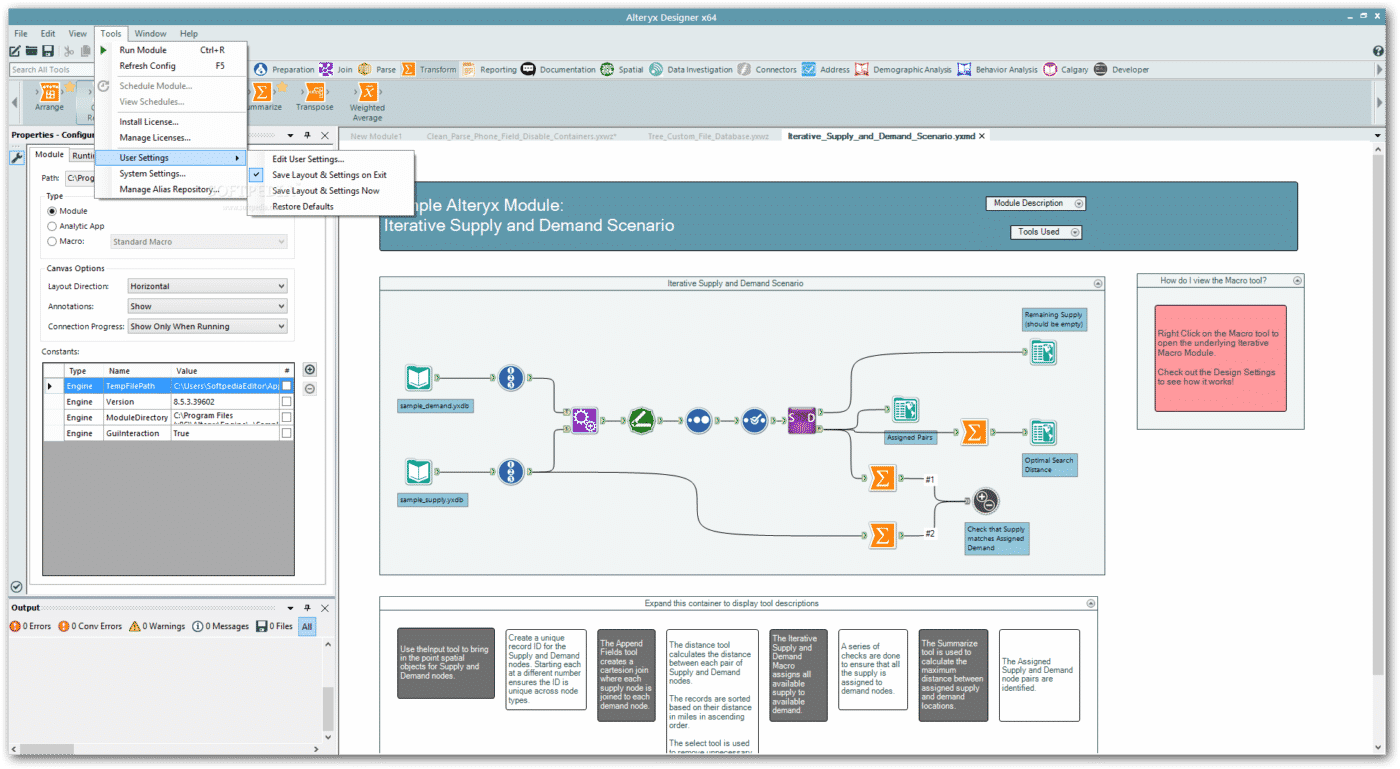
Feb 1, 2016
There are many analytical tools which claim to be user-friendly and usable by anyone in the line of business. There are only a few tools that have the capability of truly enabling business users to self-serve. Alteryx is one of such tools
Who are the biggest users of Alteryx?
Sales? Marketing? CRM?
It turns out the biggest users of Alteryx in my organisation is the Finance Department. Now, most finance users and managers can do a few tricks with Excel like the good old VLOOKUP, HLOOKUP if statements and all.
So why should they use Alteryx if they have Excel?
It turns out that in the telecom industry we need to have transparency into how our revenue and costs are derived. To make matters more challenging, we have millions of these calls data records being generated daily which then drive our numbers. Traditionally, the finance team would be requesting yet another report from the analytics team. The problem with that approach is that every time a change needs to be made it needs to be done in SQL, which only the BI team can do.
This intensely slows down the speed at which finance users can ask and answer questions of their P&L drivers. It also drives the BI team mad trying to cut one report after another.
Help users ask the right questions not just another report
By giving finance users direct access to the call data and teaching them a few functions in Alteryx, they can slice and dice millions of call records to work out what is going on in their business.
So what does the BI team do?
Some traditional BI and analytics people hear this and immediately think redundancy or job security when they hear of tools like Alteryx and Tableau. Nothing could be further from the truth, by enabling the business to succeed through self-serve, they become not just more productive in their roles, but this frees up analytic personnel to do higher value tasks like spatial or predictive analytics.
Transparency in data issues, business logic and collaboration
Alteryx critical capability lies in the fact that its core belief is to empower any user or analyst to be more productive. There is now complete transparency into the business rules used to derive our revenue and cost drivers. Users are also finding the experience to be more collaborative and give a real insight into what’s going on behind the numbers.




